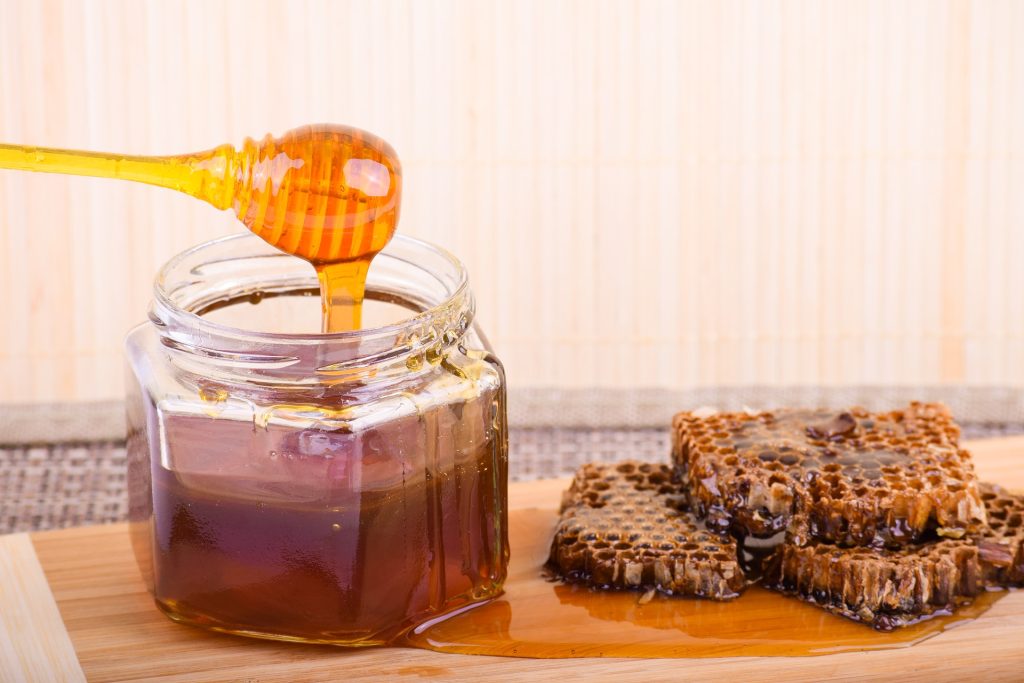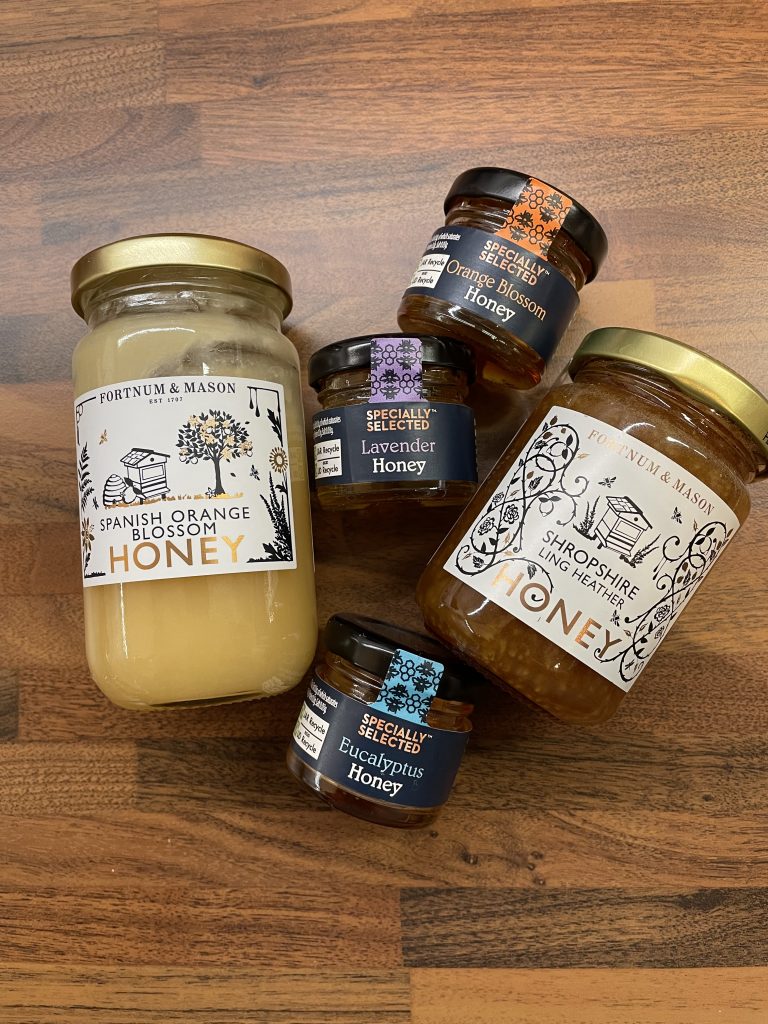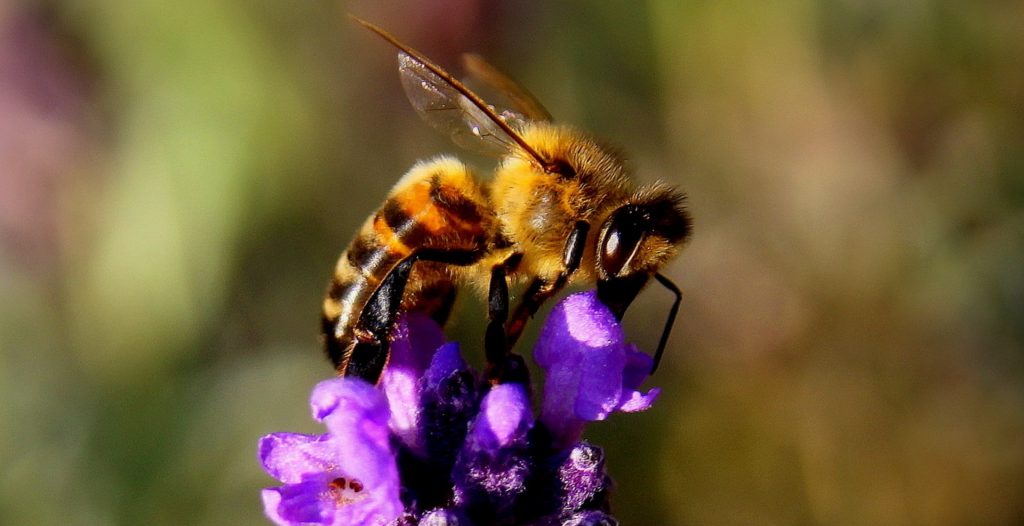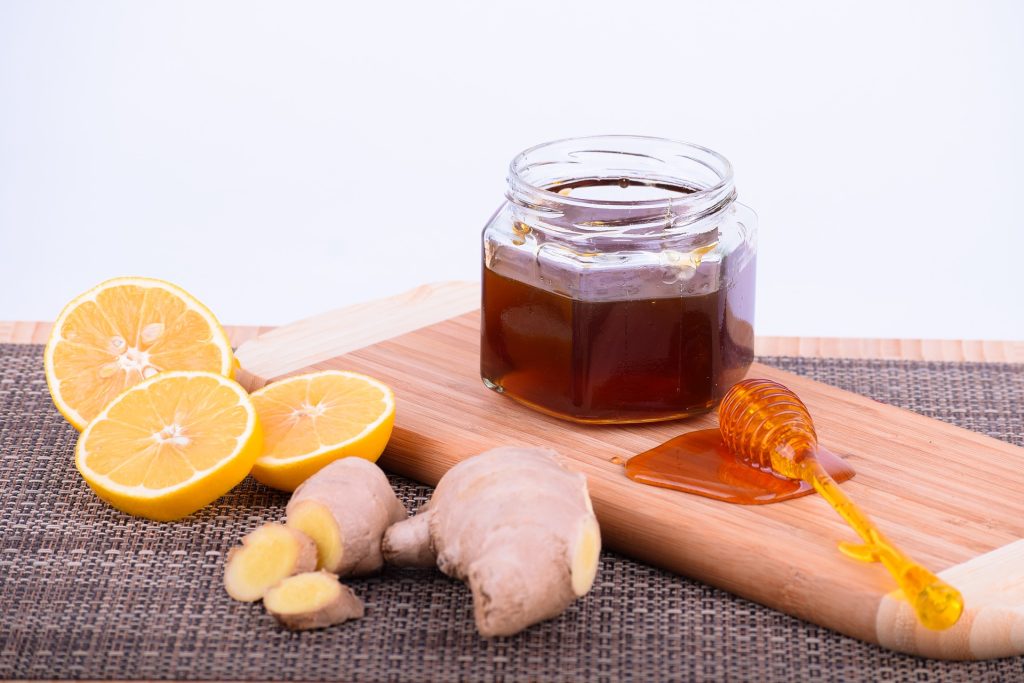Honey is your winter best friend
I loved honey since I can remember tasting it, I loved the texture, the savour, and it has always been my go-to medicine treat in winter time!
But is not only the sweet flavour and its soothing properties that makes honey the perfect ally for your wellbeing! Honey has a greater sweetening power than sugar, it contains mainly fructose, that is a type of sugar that is absorbed by our body in a slower way. Since it’s composed by simple sugars, rather than complex ones, it is readily available for the body to assimilate.

Why honey is a superfood
It is a very nutritious food, and that’s why it is indeed a superfood. It is rich in antioxidants and amino acids. Honey is particular effective to treat throat and bronchi’s problem. It contains most of the beneficial property of the plant it come from.
It is a great source of minerals and vitamins, and despite containing about 64-87 calories per tablespoon, that is more calories than in regular table sugar, because of the high amount of fructose in honey, it is sweeter than sugar, which means that less honey is needed in order to achieve the same sweetness.
Furthermore, honey has a lower glycemic index, so people who have diabetes can also benefit by switching to honey. Honey is a great ally for all people suffering from digestive ailments such as bloating, gas, vomiting, diarrhea and pain associated with ulcers, as honey can relieve all those symptoms.
Use and Conservation
To maintain its nutritional properties intact, it’s better to never warm it or cook it above 40 degrees. Tt is still fine to add it to hot drinks though, as warmth does not compromise its balsamic and emollient effects. If your fluid honey has gone solid due the lower temperatures, you can make it fluid again by putting it with its vase in warm water.
Different flower, different honey

Different honeys varieties differ for colour, scent, density and flavour, and all depend on the plant the bees have sucked the nectar from. Honey tasting is a real thing and was born in France in 1978!
Acacia Honey
Is the best to use in case of diabetes as its glycemic index is the lowest between the different honeys. Is the perfect one to use in the kitchen as its delicate flavour won’t alter the taste of the dishes/drinks you add it to. It’s a clear honey, the only variety that is naturally fluid at room temperature, and it does not crystallise. Perfect to help with respiratory diseases, and for digestive problems, perfect for children to help them fight the cold seasons main issues like colds, sore throats and cough.
Orange Blossom Honey
It has a very light amber colour, it crystallised easily, turning almost white, and it is very aromatic. It has sedative lightly sedative properties, best used in case of flu and is quite useful if you have trouble sleeping, just add it to your herbal tea before going to sleep!
Eucalyptus Honey
It has a rich amber colour, and a distinctive slightly bitter and strong taste, it tends to turn grey in colour when crystalised. Quite useful for colds, bronchial affections and laryngitis.

Lavender Honey
This is one of my favourites honey’s varieties, it has an amber colour and an incredible scent. you can use it for its analgesic and antiseptic properties (the same ones that lavender has!). It is one of the most used for external application as well, and in case of infectious diseases.
Heather Honey
It is a dark amber honey, that crystallise in big grains, it has a subtle aroma, with a slight bitter aftertaste. Is very helpful in case of bronchial inflammation, and of infection of the digestive system.
Honey recipes for your wellbeing
To fight cough:
Boil for 5 minutes some peeled fresh ginger. Let it cool slightly, filter it and add honey, ideally eucalyptus or heather honey, but the multiflower one will do as well. Add some freshly squeezed lemon juice. Have 3 cups per day, and drink it while it’s still hot.

To prevent cold and flu:
Take 30ml of propolis’ tincture, 30ml of echinacea tincture, 300g of acacia honey, 100g of pollens in grains. To prepare it, first press the pollen grains and add them to the honey, and then add all the tinctures, transferring it in a jar with a hermetic lid. It can be taken every morning, adding one tablespoon of the preparation to your warm drink, and keep assuming it for 15 days. Use half the dose for children under 10 years old.
Expectorating Elisir:
In case of bronchial affections and or sore throat. To prepare it just soften a 500g jar of Eucapyptus honey in hot water, then add 20 drops of thyme essential oil, 20 drops of eucalyptus essential oil, 20 drops of pine essential oil, and mix it all together. Then take 4 tablespoon per day, between meals, by itself or in a hot drink of your choice. Even here, you can half the dose in case of children under the age of 10.(Pay attention to chose only 100% pure essential oil that are safe for internal use, and do not exceed the indicated doses!)
If you are interested in further remedies to prevent cold related diseases, read my article “6 simple tips to boost your immune system”
I hope you liked this brief overview on honey and its medicinal properties, did you know any of this already? Are you going to try any of the recipes, or do you have a family one that you already use?
Let me know in the comments!
Images credits: Pixabay